China Manufacturing Summary
China’s manufacturing edge comes from deep, integrated supply chains, fast and affordable tooling, and massive capacity for repeatable quality across plastics, metals, electronics, toys, apparel, and packaging. The ecosystem includes strong DFM support, mature QC and testing, and smooth logistics on major lanes.
Risks include U.S. tariff exposure, holiday and seasonal delays, and IP leakage if you do not have without tight agreements in place with your factory partners.
Top consumer strengths are electronics and small appliances, injection and silicone molding, toys and games, home and kitchen, pet products, outdoor and sporting goods, and retail packaging. Leading export categories for consumer brands include electrical machinery and electronics, general machinery, furniture and bedding, toys and sporting goods, and textiles and apparel.
- Smart Electronics
- Complex Machinery
- Furniture & Homegoods
- Toys, Games, & Outdoor Products
- Apparel & Accessories
- Average Costs:
Labor: Medium
Materials: Low - Average Production Timelines:
~30 - 45 Days - Typical Order Quantities (MOQs):
~500 - 5000 Units - Skilled Labor/ Quality Score:
A+ - Overall Ease of Business Score:
A
10/10
China Manufacturing - Advantages & Risks:
Advantages:
Unmatched Supply Chain Depth: Dense factory/mill clusters for plastics, metals, electronics, toys, apparel, and packaging. Quick and easy to swap vendors when parts change.
Fastest Production in Asia: Tooling and mold speed and cost is unmatched with exceptional and fast DFM feedback to make product refinements to improve manufacturability and reduce production costs.
Highly Scalable: There is no place easier to find a factory that is capable of large manufacturing volumes across practically every product type.
Mature Quality Control Systems: Many years ago, China was stereotyped as a place that made cheap, low-quality goods. Not only has their skilled labor surpasses almost every other country in the world across practically every product category, strict QC standards at factories ensure defect rates remain low.
Risks:
Trade Tensions with the USA: Tariff exposure on many HS codes headed to the U.S. plus geopolitics risk that can change landed cost overnight.
Chinese New Year Holiday Factory Shutdowns: Anyone who has manufactured in China knows that the CNY holiday, also known as the Lunar New Year, celebrated sometime in January and February each year, results in a nation-wide factory shut down that can last for over 1-month. Brands have dealt with this for years by planning inventory ahead and ensuring orders get out before the holiday. Additionally, if you start a production order in December, there is a good chance it will not be completed until March.
Explore the Best Manufacturing Locations – Free Guide
Download our FREE Guide highlighting the top global manufacturing hubs comparing:
- Costs
- Timelines
- Quality
- Order Quantities
- Product Specialties
Who is Klugonyx?
Product Development for Founders & Scaling Consumer Brands.
Whether you are a first-time founder with a sketch on a napkin or an established brand with multiple SKUs, you need more than a freelancer or a single factory. You need a product development company that understands design, engineering, and manufacturing as one connected journey.
Klugonyx supports:
- Founders who have an idea but need help with product design and development
- Brands that have a product and want to improve quality, margins, or manufacturability
- Teams that are ready to move from prototypes to factory production and long-term growth
We specialize in consumer product development for categories like:




































FAQs
You've got questions? We've got answers:
The best country depends on your product type, target price point, quality needs, and lead time expectations. For example, Vietnam is strong in apparel and electronics, Mexico offers speed to the U.S. market, and India provides low-cost manufacturing with large-scale capacity.
Possibly. Labor may be cheaper, but other factors like raw material imports, logistics, and efficiency can impact overall costs. A detailed landed cost analysis is essential before shifting production.
Most supply chain moves take 3–9 months, depending on product complexity, tooling needs, and factory readiness. Apparel and soft goods may move faster than molded plastics or electronics.
We recommend third-party quality inspections, clear specification documentation, and strong sampling protocols. Klugonyx also audits every partner factory in person before production begins.


